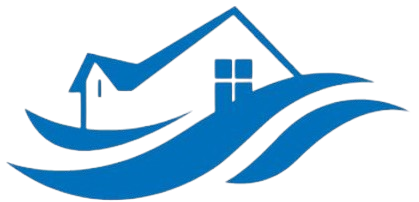Wet Insulation Removal Services in Fremont, California
Possible causes of this issue
Water damage to insulation in Fremont can happen for various reasons, with leaks from plumbing systems being the most common. Faulty or aging pipes can leak over time, seeping into the attic or walls where insulation is installed, causing it to become saturated and mold-prone. Additionally, roof leaks during heavy rains or storms can lead to water infiltration, soaking the insulation and compromising its effectiveness.
Another frequent cause is HVAC system failures or condensation buildup. If your heating or cooling units develop leaks or if there’s excessive humidity, moisture can accumulate inside wall cavities or attics, leading to wet insulation. These situations not only diminish insulation performance but can also pose health risks due to mold growth and structural damage if not addressed promptly.
How can we fix that
Our team begins with a thorough inspection to assess the extent of water damage and identify all affected insulation areas. Using advanced moisture detectors, we pinpoint hidden dampness that may not be visible to the naked eye. Once assessed, we carefully remove all water-logged insulation to prevent mold growth and further structural damage.
After removal, we implement targeted drying techniques, including industrial air movers and dehumidifiers, to thoroughly dry the affected spaces. In some cases, we recommend applying antimicrobial treatments to prevent mold and bacteria development. If necessary, we replace the wet insulation with new, energy-efficient materials that improve your home’s thermal performance.
Following installation, we perform a comprehensive inspection to ensure the moisture levels are back to normal. We also provide advice on preventing future water intrusions, helping you maintain a dry, healthy environment inside your home. Our experts are dedicated to delivering quick, effective solutions to get your insulation back in top condition.
Why are we the best in that case
Our team has years of experience in water damage restoration, specializing in insulation removal and replacement. We combine industry-leading tools with best practices to ensure thorough cleanup and drying, reducing the risk of mold and structural issues down the line.
We prioritize customer safety and satisfaction, arriving promptly to assess your situation and provide transparent, fair pricing with no hidden costs. Our experts are available 24/7 for emergency water damage services, ensuring your home is protected no matter the time or day.
With a proven track record in Fremont, CA, we are committed to delivering reliable, high-quality service tailored to your specific needs. Our local team understands the unique challenges of water damage in this area and works diligently to restore your home efficiently and effectively. Contact us today at (888) 884-7150 for expert wet insulation removal and water damage solutions.
Frequently Asked Questions
What are the signs of water-damaged insulation?
Signs include visible mold or mildew, a musty odor, or damp spots on walls and ceilings. You may also notice increased energy bills or uneven heating and cooling, indicating insulation inefficiency.
Is wet insulation dangerous?
Yes, saturated insulation can promote mold growth and harbor bacteria, posing health risks. Additionally, it reduces energy efficiency and can lead to structural damage over time.
How long does insulation removal and drying take?
The process typically takes 24 to 72 hours, depending on the extent of water damage and the size of the affected area. Our team works efficiently to minimize disruption to your household.
Can I replace the insulation myself after a leak?
While DIY options exist, professional removal and drying ensure all moisture is thoroughly eliminated, preventing mold growth. We recommend expert services for long-term safety and peace of mind.
How can I prevent water damage to my attic insulation?
Regular roof inspections, prompt repairs of leaks, and proper insulation ventilation are crucial. Keep gutters clean and consider moisture barriers to protect against future issues.
